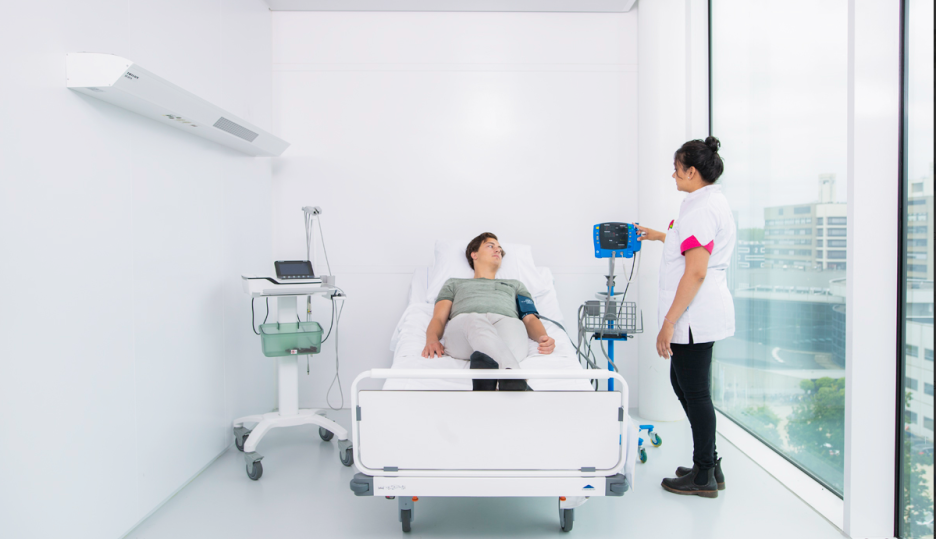Capabilities and solution
Assessing the potential therapeutic efficacy of new compounds at an early stage is crucial for the rational development of novel drugs. However, estimating this efficacy during the early phases of clinical drug development is often challenging and typically only feasible in Phase 2, when the drug is first administered to the target patient population.
To address this challenge, CHDR has successfully validated and implemented a variety of clinical study models. These range from inflammatory challenges, such as lipopolysaccharide (LPS), keyhole limpet hemocyanin (KLH), and imiquimod, to metabolic challenges, including e.g. meal and starvation challenges, hormone clamp studies, and vasodilation models such as a dermal allyl isothiocyanate (AITC) challenge. We also conduct intervention studies targeting the microbiome to evaluate the effects of new therapeutics. By integrating these challenges into a compound’s clinical development programme, we can efficiently bridge the gap between preclinical experiments and early clinical development stages. We also offer the ability to conduct integrated programs, starting with first-in-human single and multiple ascending dose (SAD and MAD) studies, progressing to proof-of-mechanism studies including a challenge, and culminating in small patient studies to assess therapeutic efficacy in the relevant population, all under one protocol.
Expert partnerships
To conduct more advanced clinical studies, we collaborate closely with leading experts from (university) medical centres. These partnerships allow us to leverage specialised knowledge and expertise, ensuring that our studies are both scientifically rigorous and clinically relevant. By working with top specialists across various therapeutic areas, including rheumatologists, endocrinologists, and other medical professionals, we can explore cutting-edge treatments and innovative approaches.
Advanced vascular and cardiovascular assessments
Since its founding over 30 years ago, CHDR has specialised in vascular medicine, focusing on both macrovascular and microvascular functions, including cardiac output, organ blood flow, and coagulation. We employ advanced techniques such as ECG, Holter monitoring, and thorough QT-interval measurements to assess cardiovascular safety. Our expert team also conducts innovative coagulation studies, adapting existing tests and developing novel markers for drugs affecting the coagulation cascade, ensuring patient safety and effective dose selection in early-phase clinical trials.
Patient studies
Our collaborations with experts from leading hospitals not only enhance the scientific rigor of our studies but also play a vital role in recruiting the right patient populations. These partnerships provide us with access to a diverse and specialised network of patients, ensuring we can efficiently recruit participants for clinical trials in complex therapeutic areas. Through our close work with medical professionals, including rheumatologists, endocrinologists, and gastroenterologists, we can engage patients with conditions such as rheumatoid arthritis (RA), systemic lupus erythematosus (SLE), inflammatory bowel disease (IBD), celiac disease, arthrosis, and obesity-related disorders. This collaborative approach enables us to conduct studies with precision, addressing the unique needs of each patient population while accelerating the development of effective, targeted therapies.
Efficient single-centre trial for knee osteoarthritis intra-articular injections
CHDR has developed a comprehensive database of over 1,200 patients with knee osteoarthritis, each classified based on X-ray imaging, to support inclusion in a study involving intra-articular injections for this specific patient population. Although the study was originally planned as a multicentre trial, CHDR managed to conduct the entire study as a single-centre trial, streamlining participant recruitment and data collection. By focusing recruitment within our purpose-built facility, we were able to maintain strict control over study procedures, ensuring consistency and high-quality data throughout the trial. This approach highlights CHDR’s capacity to efficiently manage patient recruitment and optimise the clinical trial process, ultimately contributing to the success of the study.


